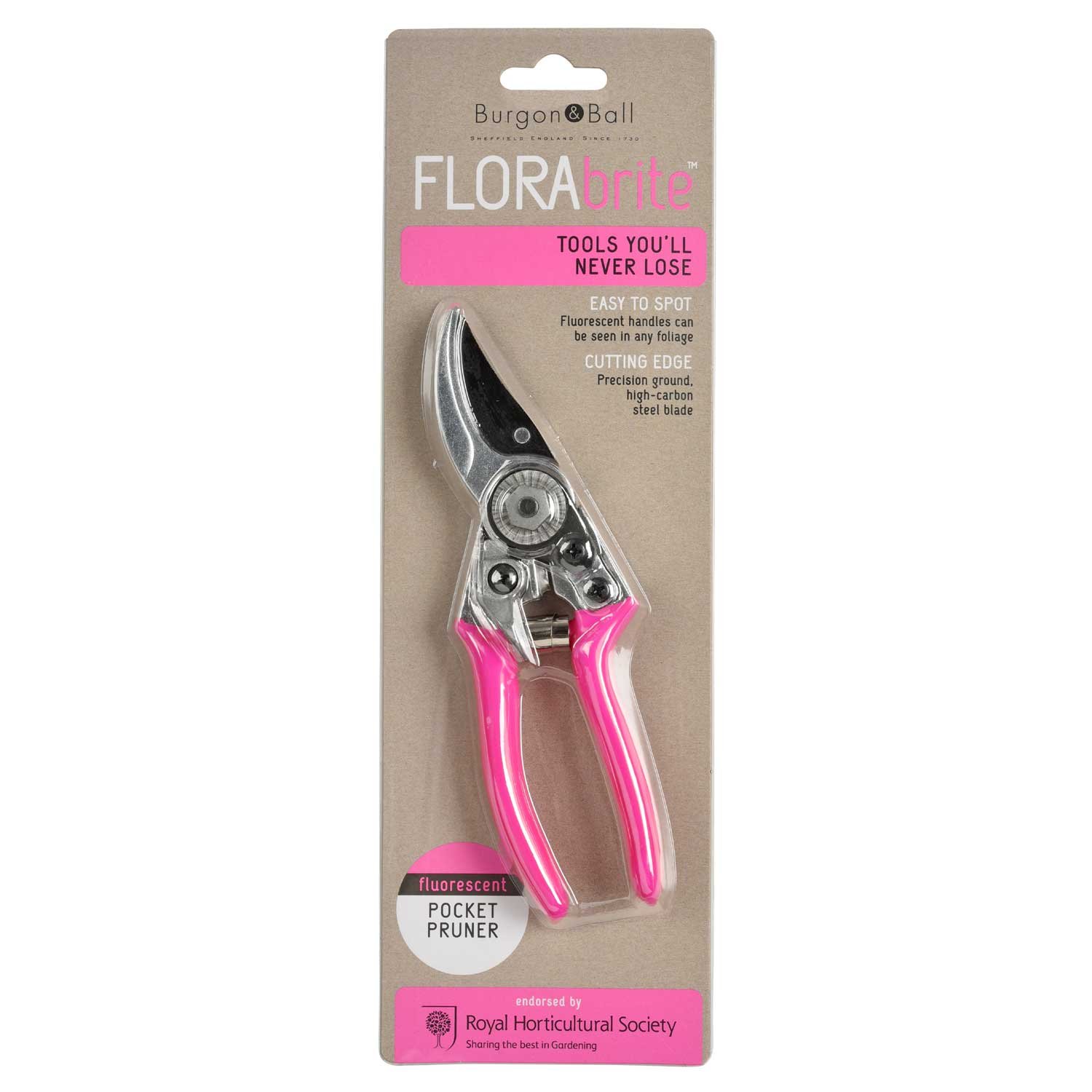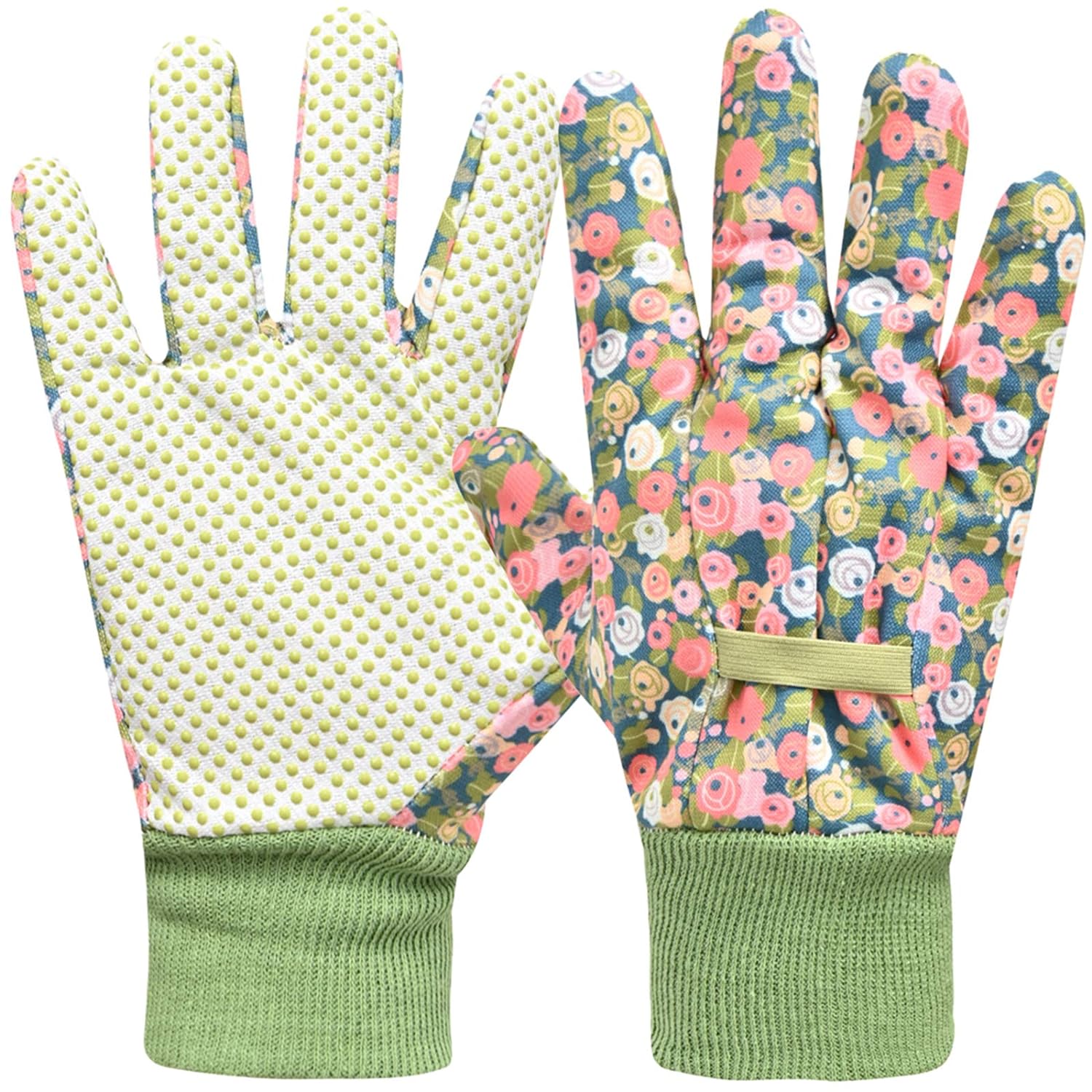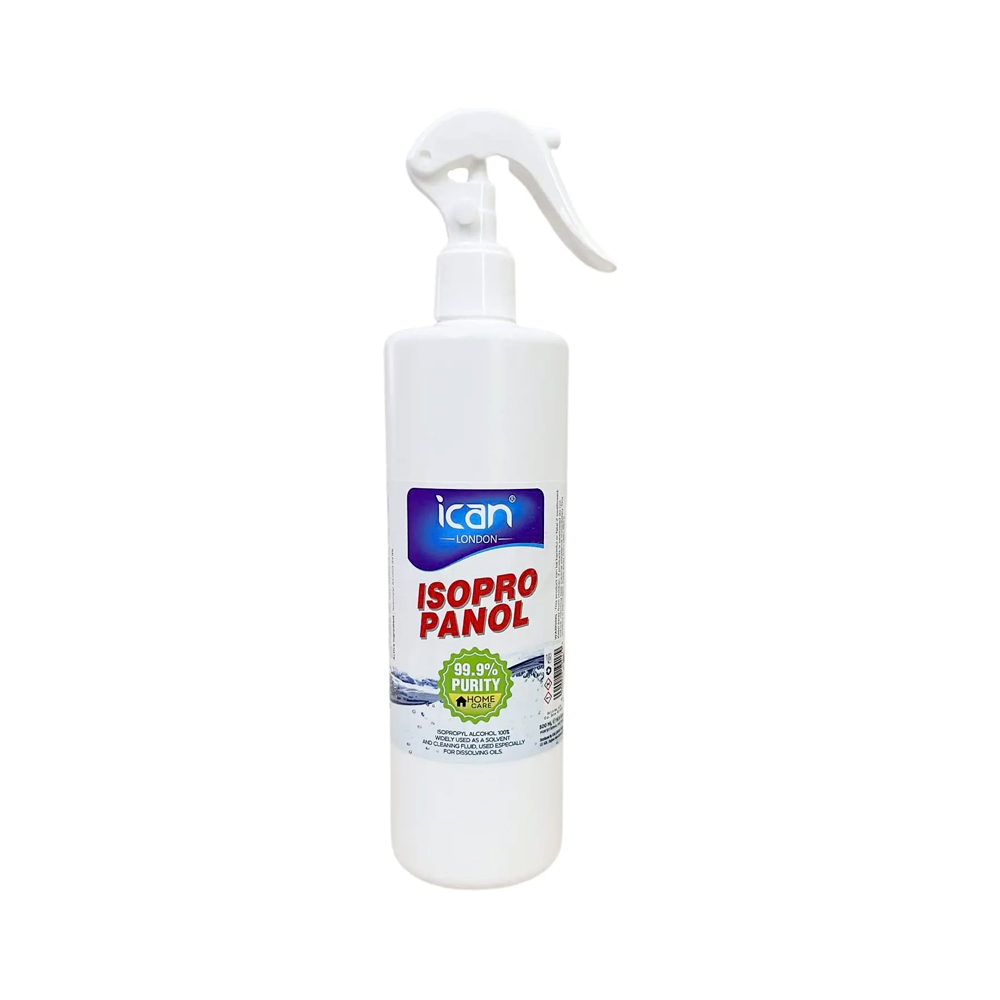11 plants you should deadhead now for a second bloom this summer
The quick and easy way to enjoy your flowers for longer
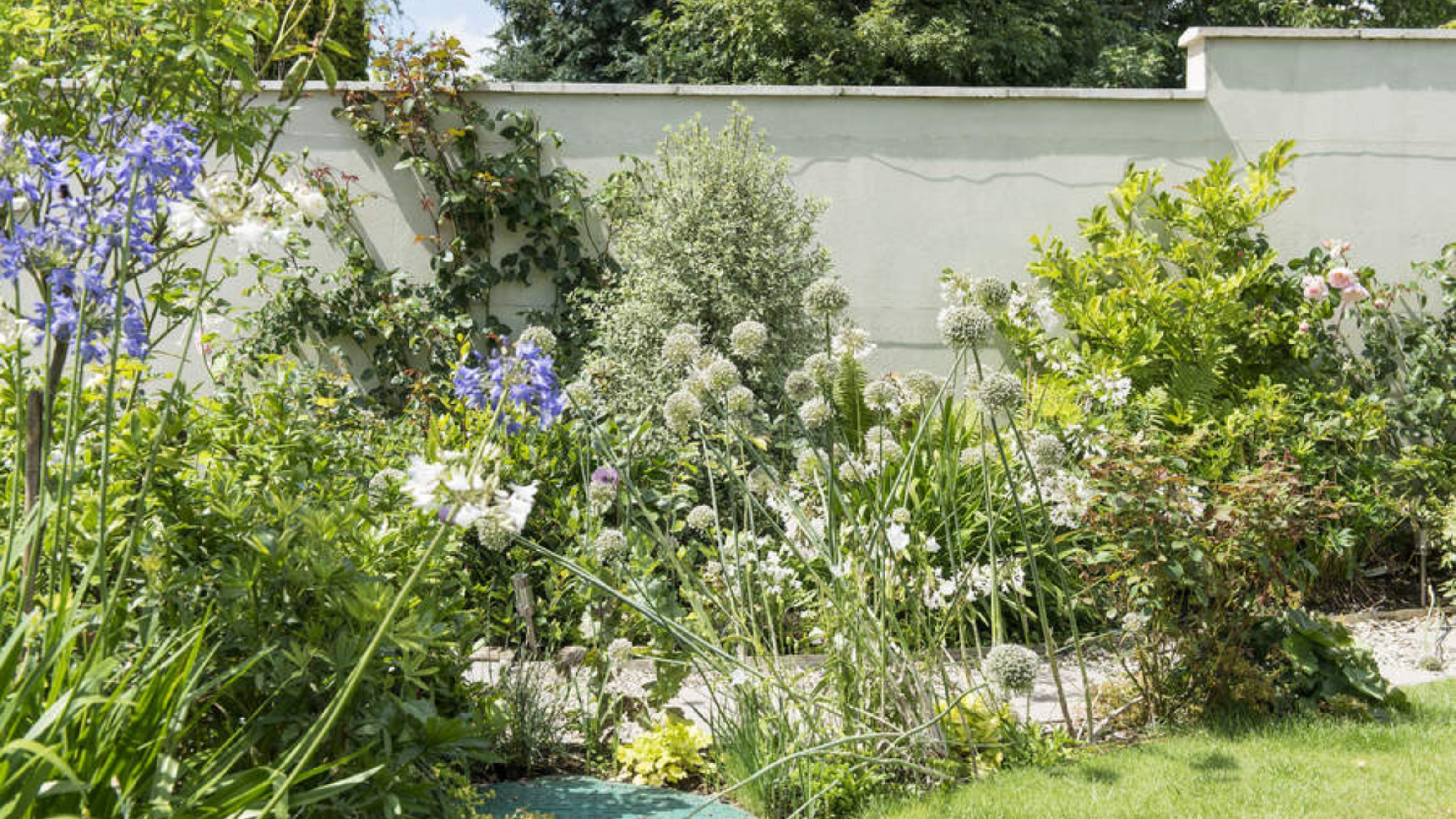

Deadheading is one of the most important gardening tasks you can do and it’s actually the secret to having endless blooms in your garden. But if you’re not already familiar with the concept of deadheading, essentially deadheading is the process of removing dead or spent flowers from a plant. And in some cases, you might also need to remove damaged flowers or buds as well.
Not only does deadheading keep your plants looking their best but it also prevents damage occurring to the leaves underneath, keeps self-seeding plants under control and extends your flower display. And thankfully deadheading is a relatively easy gardening job.
So, knowing which plants to deadhead now – during the summer months and specifically in July – is key to keeping your garden looking its best. But which plants should you deadhead now?
What you’ll need
1. Roses

Roses are one of the most popular flowers to grow and for good reason but ‘deadheading should be concentrated on the varieties that are continuous or repeat bloomers, as they are the ones that benefit,’ according to Nick Hamilton, Owner of Barnsdale Gardens. Whereas ‘the varieties that only flower during June and July will not flower again if you deadhead.
You should, however, get into the habit of checking your roses regularly and deadheading roses when the blooms start to wilt, as this will promote continuous flowering.
2. Lavender
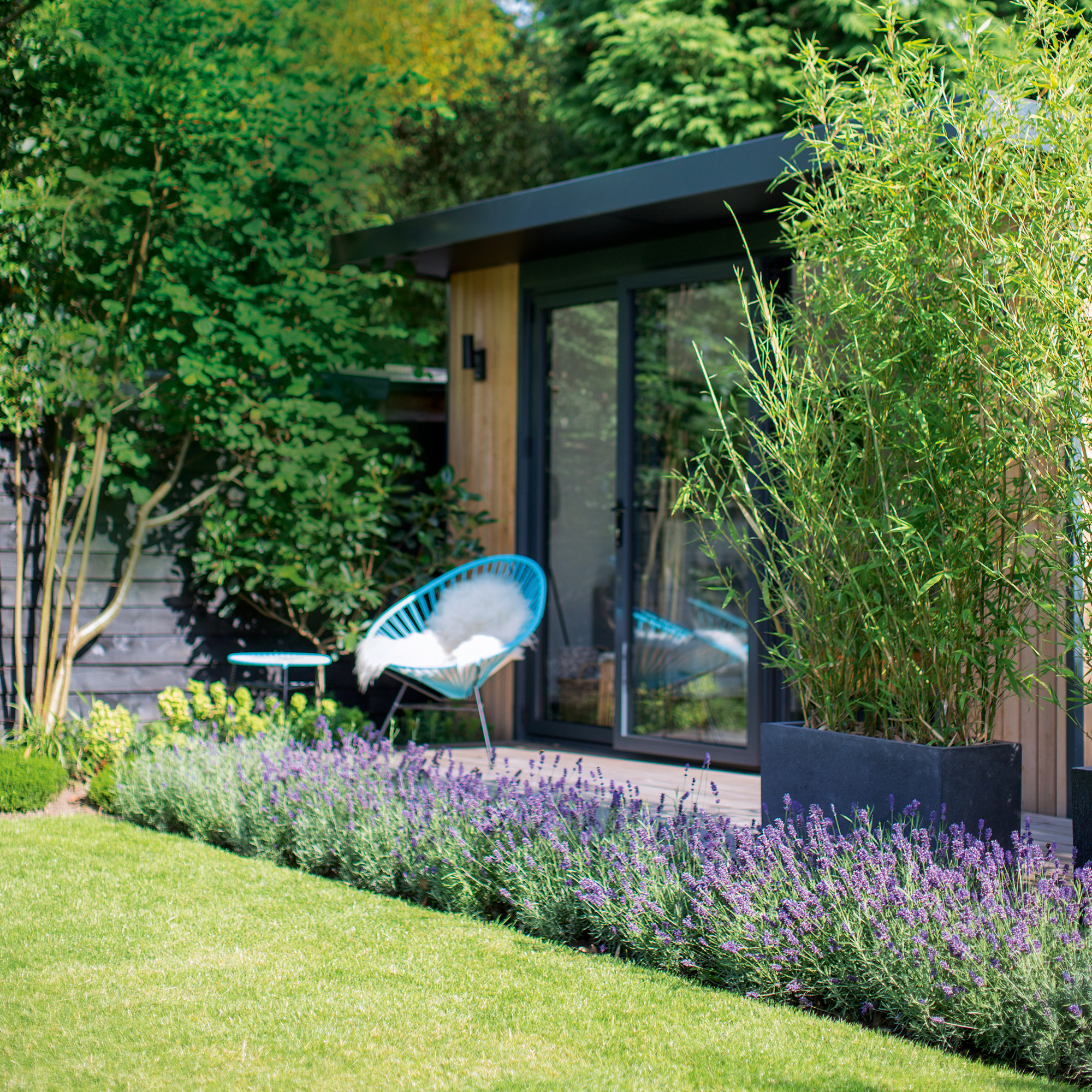
As one of the best scented plants for a relaxing garden, lavender ‘requires careful and deliberate deadheading to prevent it from becoming overly woody, as well as to encourage a second wave of fragrant blooms,’ says Georgina O'Grady, Managing Director at Evergreen Direct. It's also on our list of what to prune in August.
3. Peonies

If, like us, you wish that peony season lasted that bit longer, deadheading your peony blooms can certainly give them a bit of a boost. ‘As well as improving the appearance of the plant, deadheading peonies will reduce the likelihood of fungal infections occurring and help to redirect the plant's energy into the roots and leaves for flowering next year,’ Graham Smith MChlort, Gardening Expert at LBS Horticulture, explains.
Sign up to our newsletter for style inspiration, real homes, project and garden advice and shopping know-how
There are a couple of peony pruning mistakes that you’ll want to avoid but when it comes down to should you deadhead peonies or not, the answer is a definite yes.
4. Cosmos
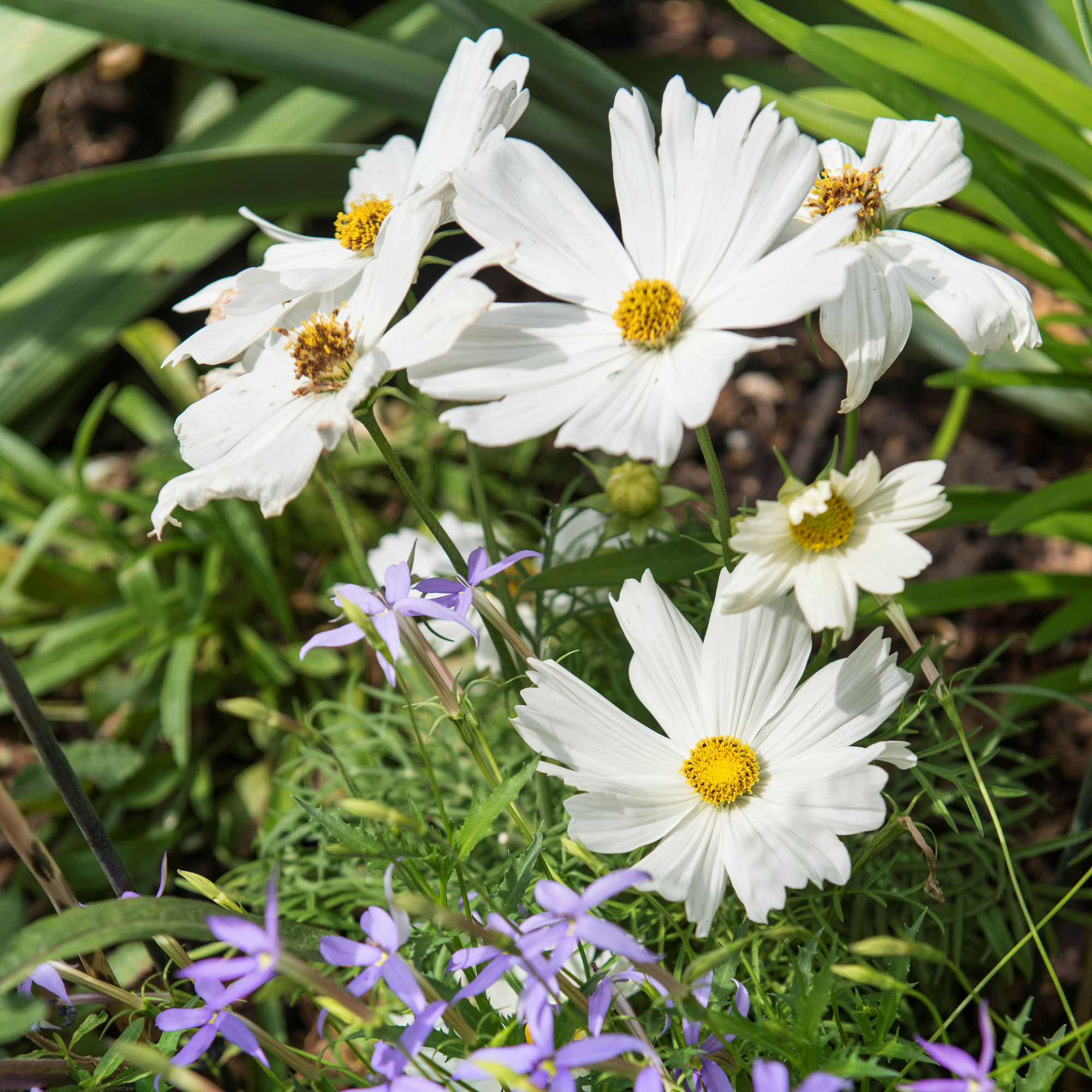
We never fail to smile when we see some cosmos but when it comes to how to grow cosmos, deadheading is particularly important. In addition to removing any wilted flowers, you also need to remove part of the stem, according to the experts.
Andrew White, Gardening Expert at Rhino Greenhouses Direct, recommends ‘when deadheading your cosmos throughout the summer, you must ensure that you cut back the stem to the first leaves under the flowers. This will further encourage your cosmos to produce new blooms throughout the summer.’
5. Petunias
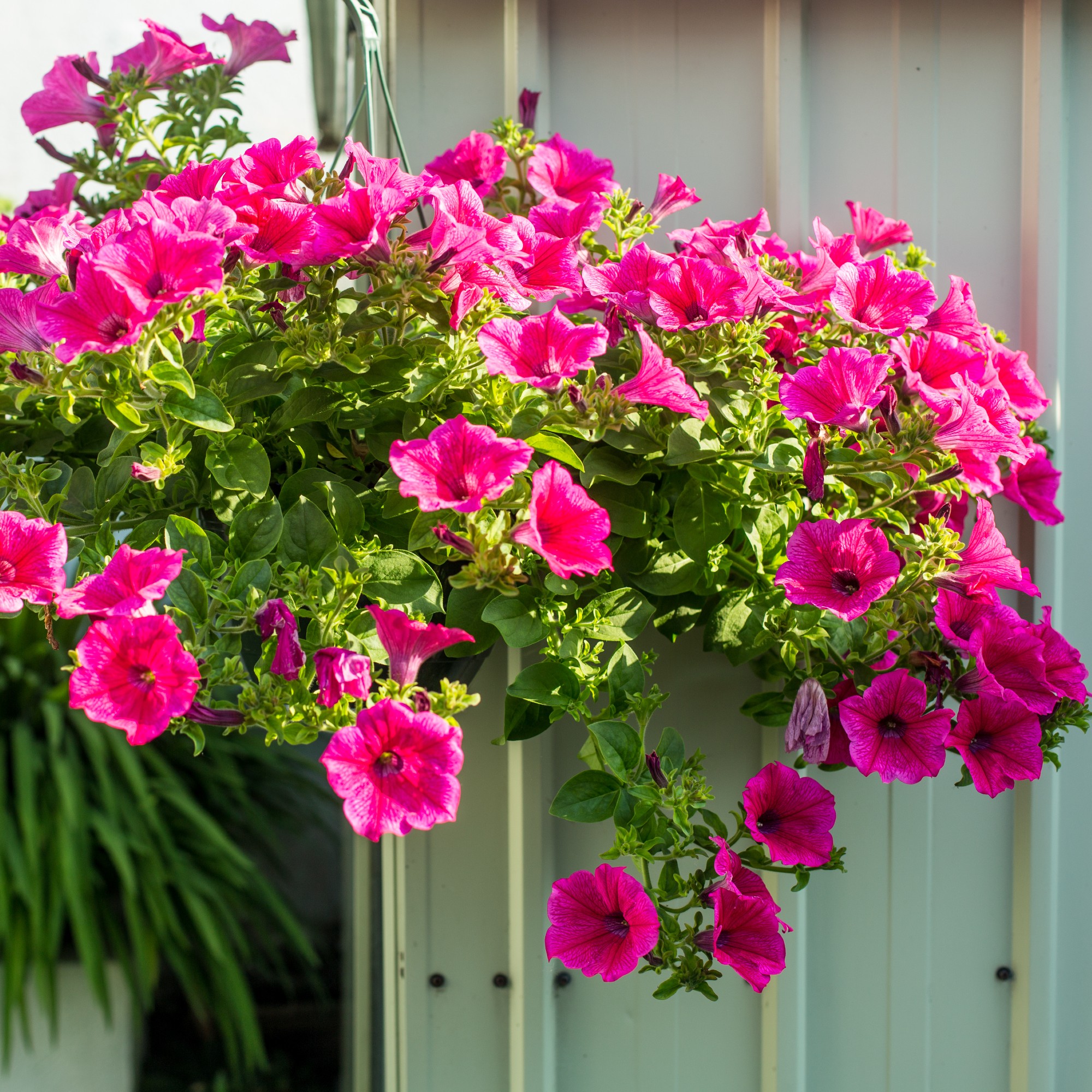
‘The best time to deadhead your petunias is during the flowering season, which runs from late spring to early autumn,’ affirms Morris Hankinson, Director of Hopes Grove Nurseries.
'Removing faded petunia flowers prevents the plant from becoming leggy and promotes bushier growth with more blooms,’ adds Horticulture Specialist Tom Coleman.
Just make sure you know exactly how to deadhead petunias before starting this essential task.
6. Delphiniums

‘These stunning plants bloom in early Summer so if you deadhead them in July after the first bloom, you may find they enjoy a second bloom in late-Summer,’ says Morris.
Georgia agrees that ‘delphiniums also respond positively to deadheading, creating additional flower spikes for showing off the colourful blooms.’
7. Marigolds
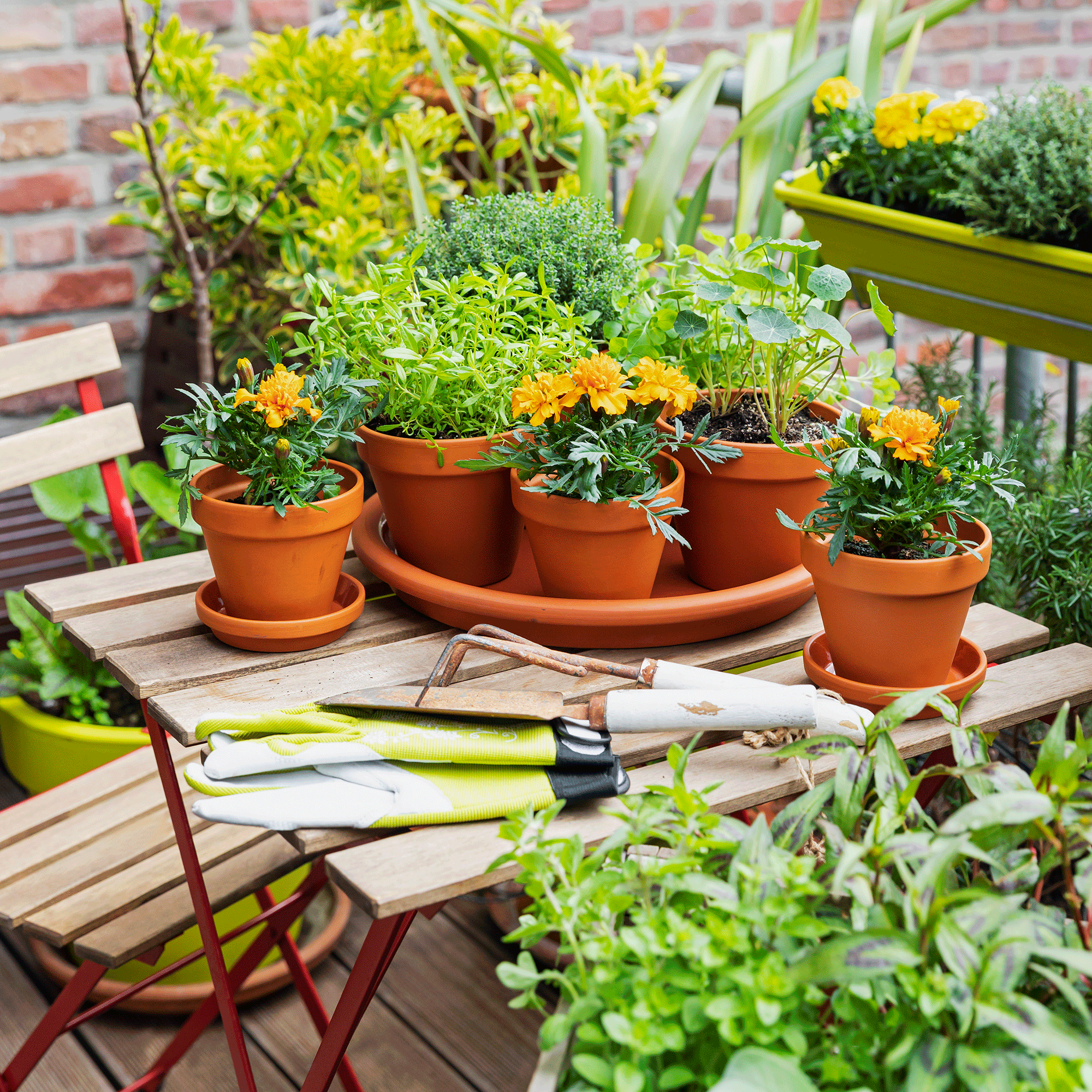
Marigolds are another flower which bloom throughout the spring and the summer, so ‘as soon as your flowers start to fade, deadhead them and then continue doing so until the end of the flowering season,’ to keep them blooming for longer, Morris says.
8. Salvia
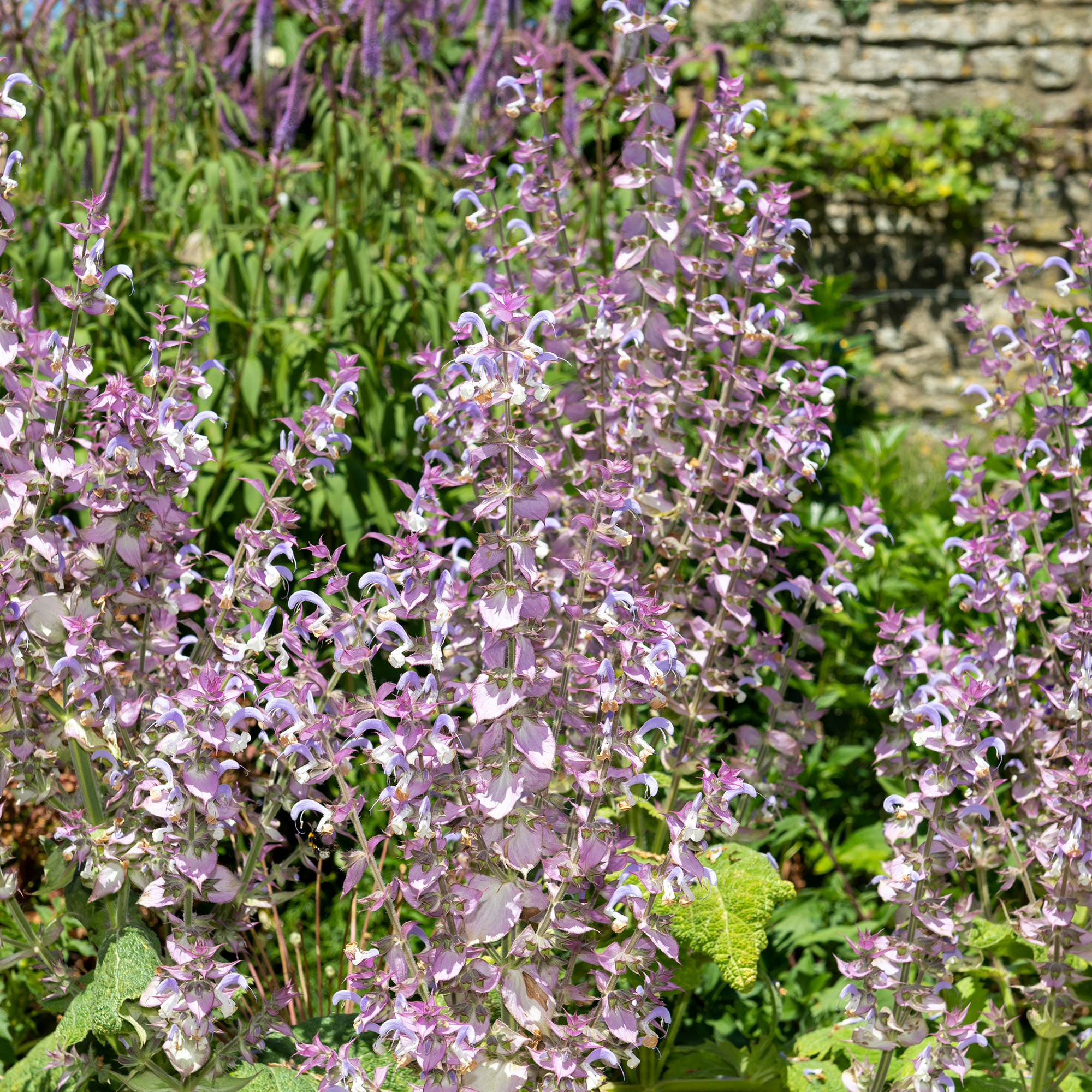
‘Most of the perennial, upright varieties have a long flowering period and the number of flower spikes produced can be increased by deadheading,’ Nick advises. ‘I also find that sometimes the taller varieties have a tendency to flop, which is where cutting them back hard is beneficial because they will then produce another flush of flowers but on shorter stems.’
Plus, ‘deadheading salvias throughout the summer will keep the plants bushy, and boost their overall health,’ says Graham. ‘You do not need to wait until the flower has died, instead they can be cut back to above a set of leaves once at least a third of the flower spike has begun to turn brown.’
9. Daylilies
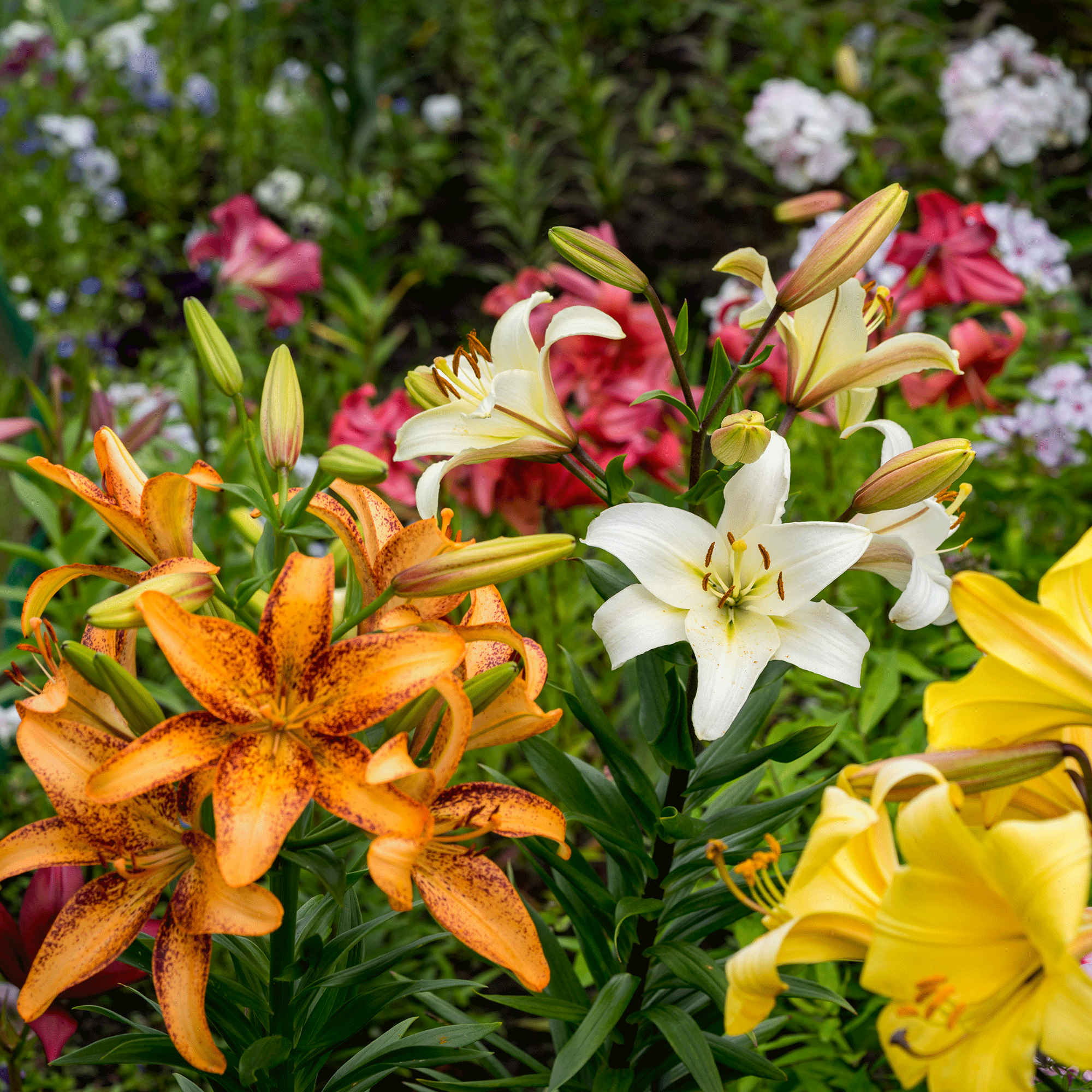
Daylilies never bloom as long as we’d like them to, so you have to keep on top of them to help them continue to bloom. Ultimately, snipping off the spent flowers prevents the plant from diverting its energy into seed development and encourages more blooms from the plant.
10. Lupins
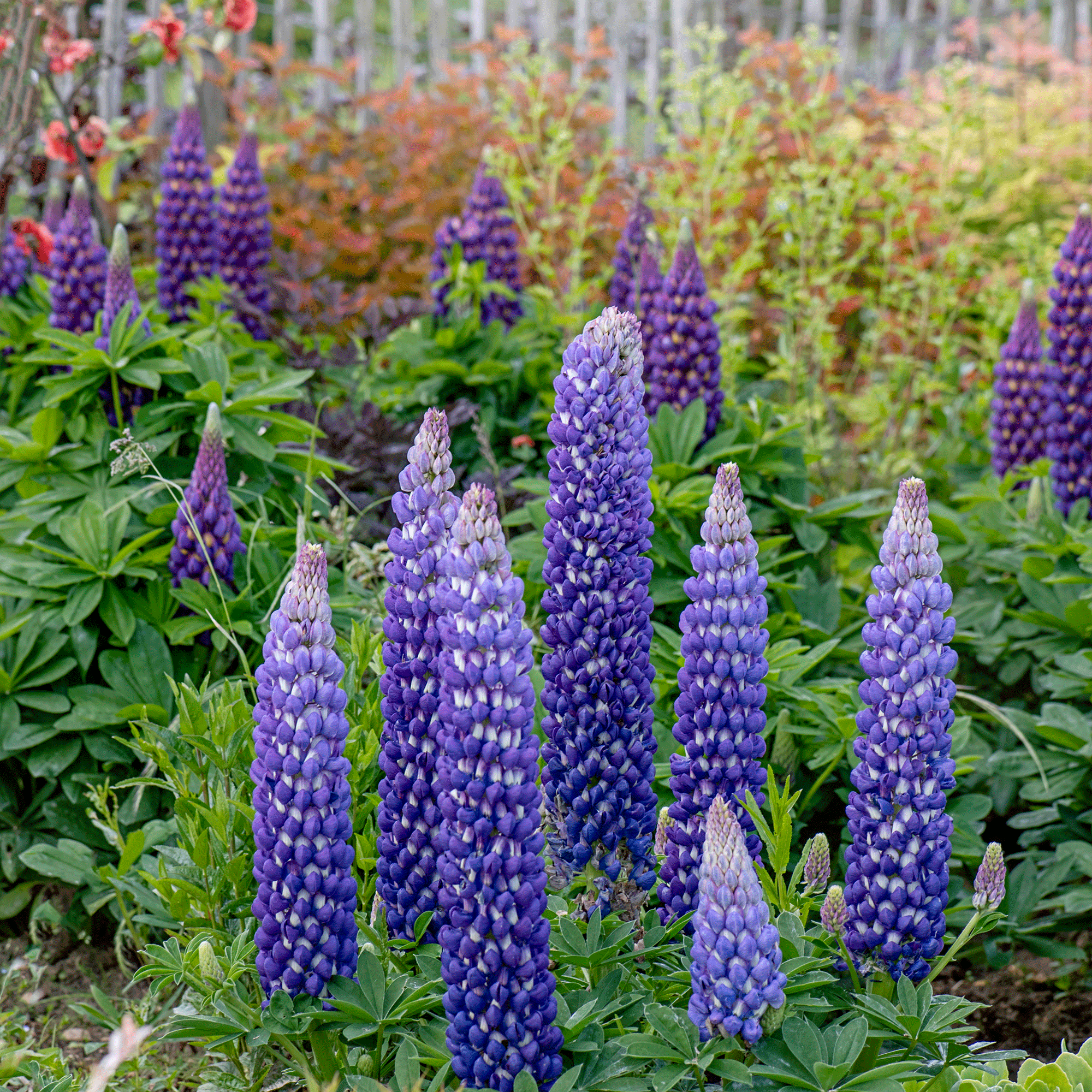
Another plant which requires some encouragement to bloom throughout the summer, if you cut back the flower spikes after the blooms fade, this encourages a second bloom for your lupins.
One way to tell when you need to deadhead lupins is that ‘you will begin to notice that the flowers on your lupin have begun to wilt and lose vibrancy,’ Andrew explains. And ‘this is the ideal time to deadhead your plant.’ It tends to occur a few weeks after blooming, so be sure to keep an eye on them.
11. Pelargoniums
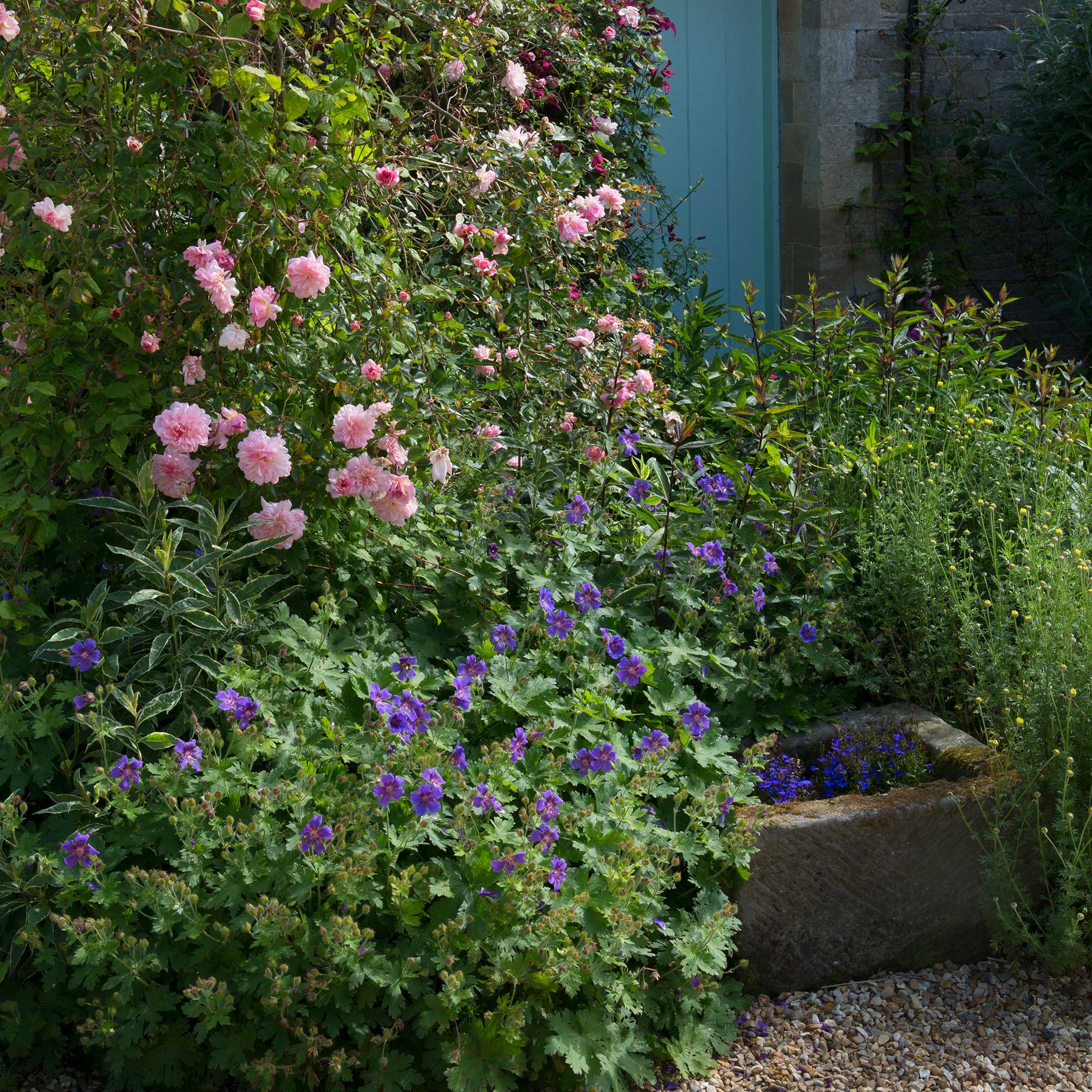
‘The beautiful blooms of these plants, whether outside for the summer or in the house, conservatory or greenhouse, have an enormously long flowering period, if you deadhead them,’ Nick says. Not only does it keep the flowering going but it also removes unsightly flowers to preserve their beauty.
FAQs
Which plants should not be deadheaded?
While a vast number of plants and flowers benefit from being deadheaded at this time of year, there are some plants you should never deadhead. And these are the ones that the experts all agreed on.
Depending on the type of hydrangea you have, deadheading is often unnecessary and could hurt their beautiful blooms. ‘On some hydrangeas, pruning now can actually remove the flower buds that were set for next year's blooms,’ warns Gardenstone’s Gardening Expert, John Clifford.
While spring flowering plants, such as deciduous azalea, rhododendrons and camellias, ‘should be deadheaded immediately after they have flowered in spring,’ Morris adds.
‘They form next year's buds from August so if you were to deadhead in the Summer then you may not see beautiful flowers next spring.’ Other plants, such as those that you want to self-seed or ones which produce berries that birds can benefit from, also don’t need to be deadheaded.
How do you make flowers bloom longer?
While deadheading can certainly help flowers to bloom for longer, proper care is also vital. For example, ‘you should always ensure that your plants are watered properly. Mulching can help retain moisture if lack of moisture is an issue,’ John says.
‘You should also use the right fertiliser in order for your flowering plant to get the right nutrients, especially before and during their flowering/growing season. And of course, you’ll want to make sure that your plants get the right amount of sunlight, depending on their variety. ‘There are a lot of flowering plants that need full sun in order to produce the best blooms,’ John continues.
Additionally, you can ‘try to choose varieties that are known to bloom for a longer period or all season,’ Graham suggests.
So get those secateurs out and start chopping.

Ellis Cochrane has been a Freelance Contributor for Ideal Home since 2023. Ellis has been writing about homes, interiors and gardens for four years now, with her also contributing to House Beautiful, Country Living, Expert Reviews, Real Homes and Stylist.
